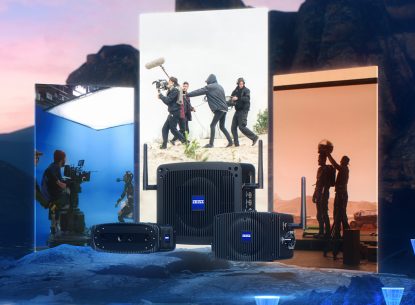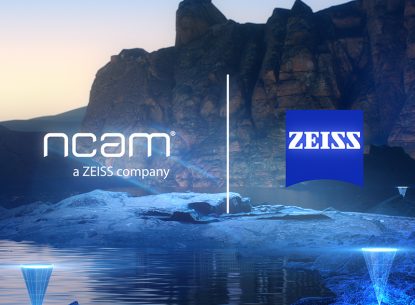For many production teams working in TV and film, time-travel VFX are some of the most difficult to create and incorporate into scenes. In this post, we look at some projects that transported audiences into the past — or the future — with help from Ncam’s real-time camera tracking tech.
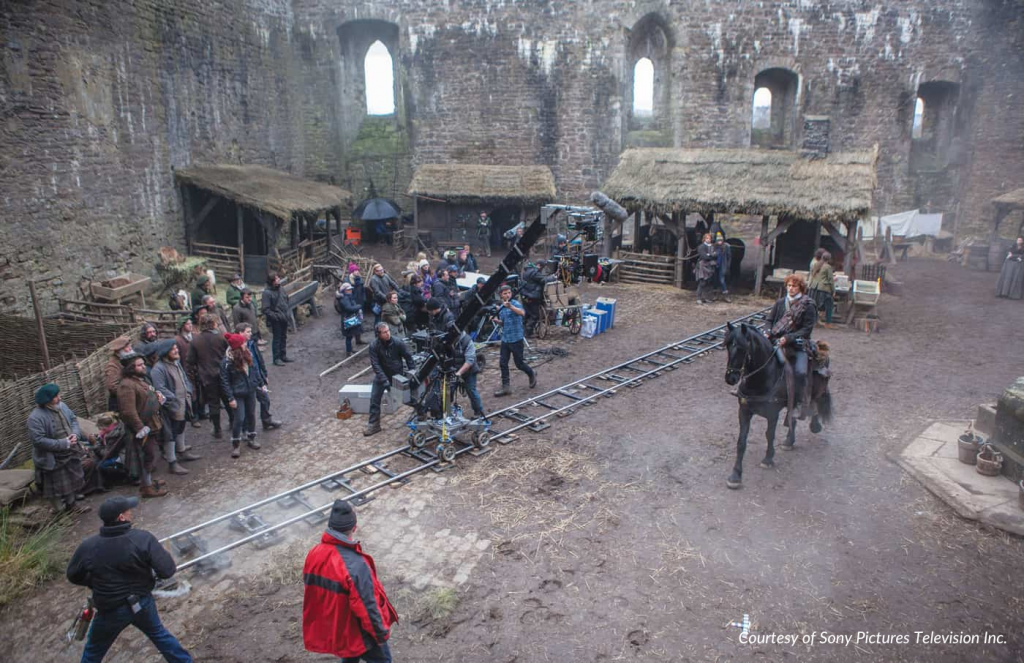
Sassenach & Scot: “Outlander”
Based on a wildly popular book series, Starz’s Outlander follows the story of a British Army nurse in World War II who gets mysteriously teleported back in time to 1743 Scotland — and was the first TV show to use Ncam camera tracking on-set for live pre-visualization. The system enabled the crew to view virtual elements in real time alongside physical sets and actors, a new concept to most studios at the time. And thanks to the tech’s ease of use and flexibility, the production team was able to steer the framings of shots and visualize green screen ‘corridors’ in-camera.
“The Ncam feed made things much easier for everyone on set — my Key Grip, for example, could swing out the Moviebird crane arm to precisely where I needed it simply by looking at his monitor and seeing the real and virtual elements together. The actors also understood the space better and were able to interact with the virtual elements as if they were present on set.” — Andrei Austin, Camera and Steadicam Operator
Courtesy of Amazon Prime Video.
Back to the Alterna-Future: “The Man in the High Castle”
Loosely based on Philip K. Dick’s novel of the same name, The Man in the High Castle transports viewers to a post-WWII world in which the Allies did not win the war. On set, the production worked with Ncam real-time tracking tech to help create this bleak, retro-futuristic landscape. The show received three Emmy nods including Outstanding Cinematography for a Single Camera Series (One Hour) and Outstanding Visual Effects, thanks in part to the AR camera tracking used during filming.
“There’s a lot of planning involved, but in the end it’s nice because you know the final thing is going to be incredible. Luckily, systems like Ncam allow [us] to film in a virtual set. Using augmented reality, the camera operator can feel as though they’re actually filming in the alternate reality [and] the director can get a rough idea of what’s working and what isn’t.” — Gonzalo Amat, Creative Director
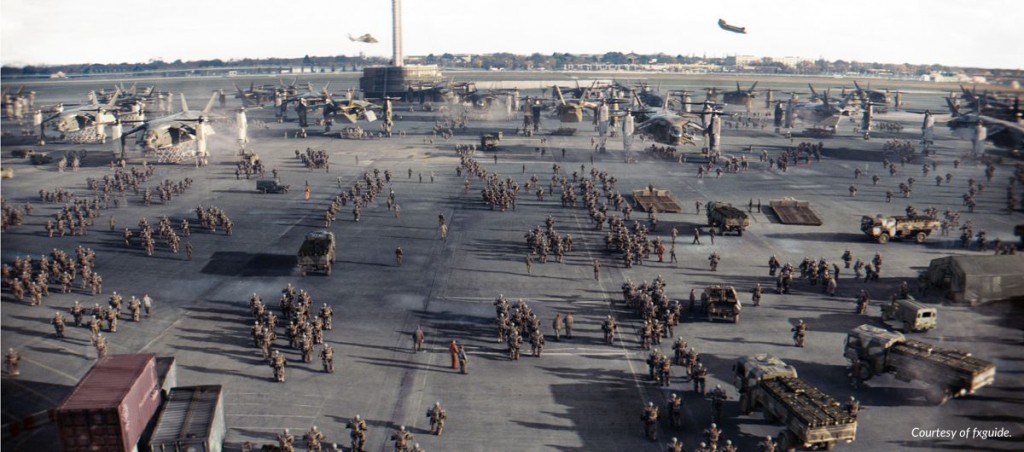
Guess Who’s Back: “Edge of Tomorrow”
Invincible aliens are just the tip of the iceberg for Major William Cage, played by Tom Cruise, in the film Edge of Tomorrow. As an officer who has never seen combat, Cage is killed within seconds on the battlefield, But then he finds himself thrown into a time loop in which he relives the same brutal fight—and his death—over and over again. Many of the film’s sets required digital extensions, and camera tracking enabled the crew to frame shots and provide temporary viewpoints for the sequences set in Heathrow Airport, where moving military vehicles were composited in real-time using Ncam tech and composite software. Thanks to innovative visual effects and a fun storyline, Edge of Tomorrow has become a cult classic.
“Once the crane was positioned on the set, Ncam instantly aligned the CG to the practical set, by correlating geometry in the CG model with visual tracking reference points from the video feed on the live camera.” — fxguide
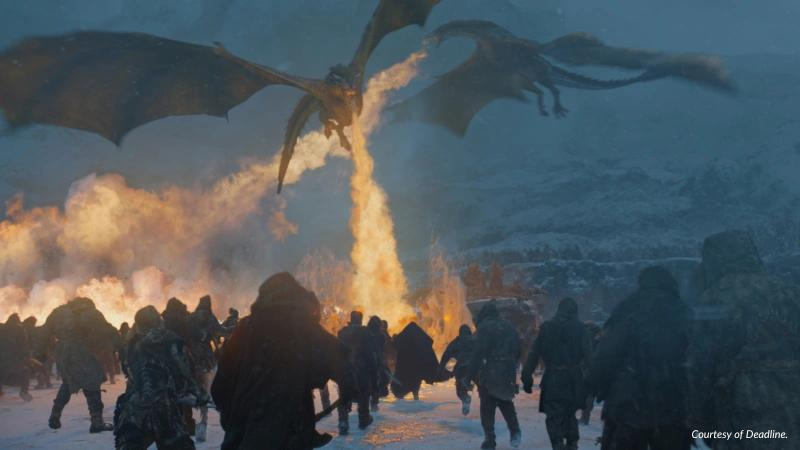
Time’s Flying: “Game of Thrones”
Audiences everywhere were transported back in time in HBO’s series Game of Thrones for a medieval fantasy epic based on George R.R. Martin’s best-selling saga A Song of Ice and Fire. In various seasons, Ncam tech was used on set to provide the production team with in-camera visualizations of the dragons while filming. By using real-time camera tracking, those working on the effects could see CG elements directly in-camera, giving the crew valuable information needed to adjust movements or reframe shots in real time. The popular series has won numerous awards, including 59 Emmy Awards, and currently holds the record for total Emmy wins for a scripted television series and most Emmy nominations for a drama series, with 161.
“We pre-animated the dragons as we often do, but this time we brought it into simulcam so that we could use Ncam — a real-time 3D motion-tracking device — so that the camera operators could have the CG character, Drogon, visible to them.” — Steve Kullback, Visual Effects Producer

